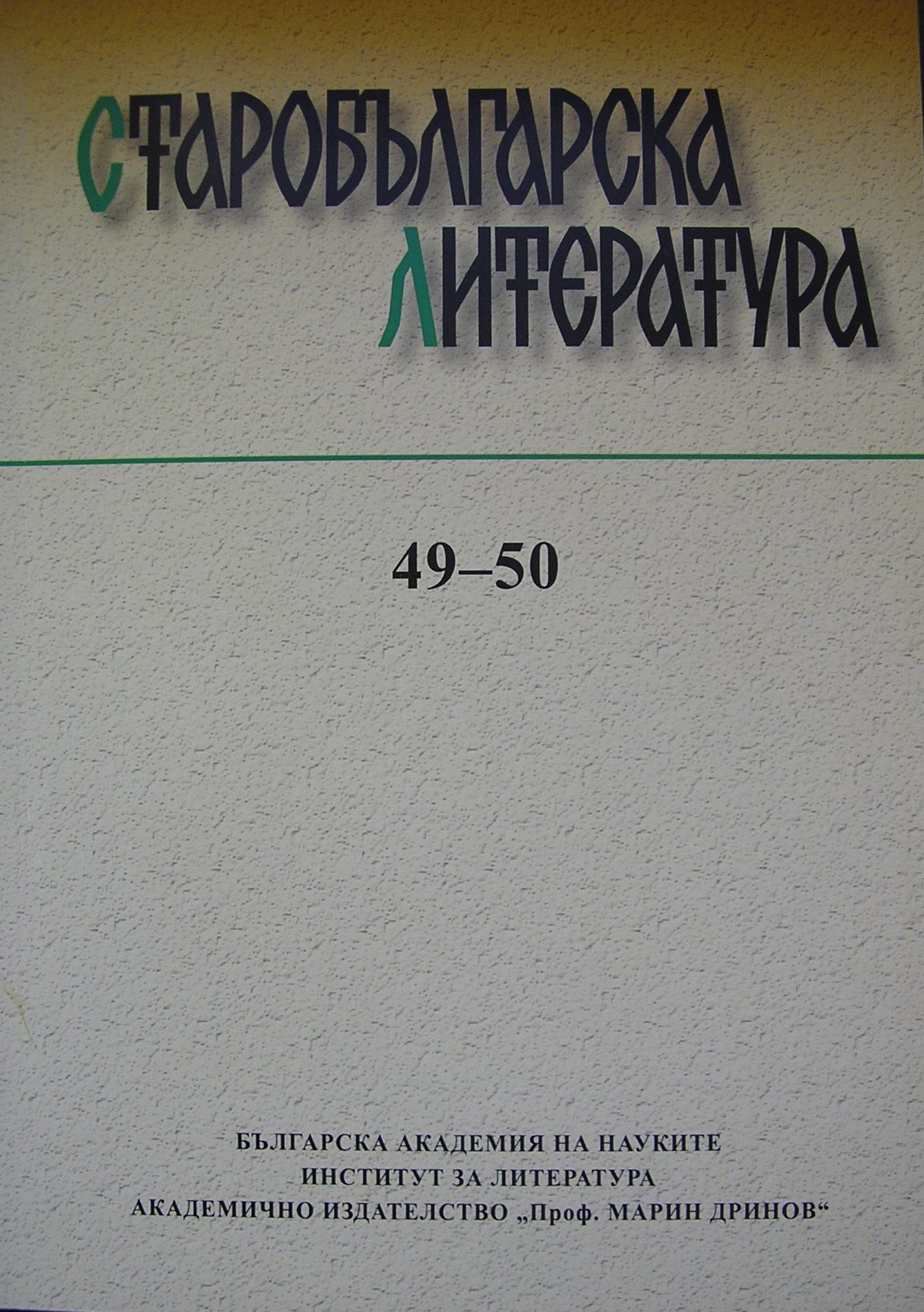
We kindly inform you that, as long as the subject affiliation of our 300.000+ articles is in progress, you might get unsufficient or no results on your third level or second level search. In this case, please broaden your search criteria.

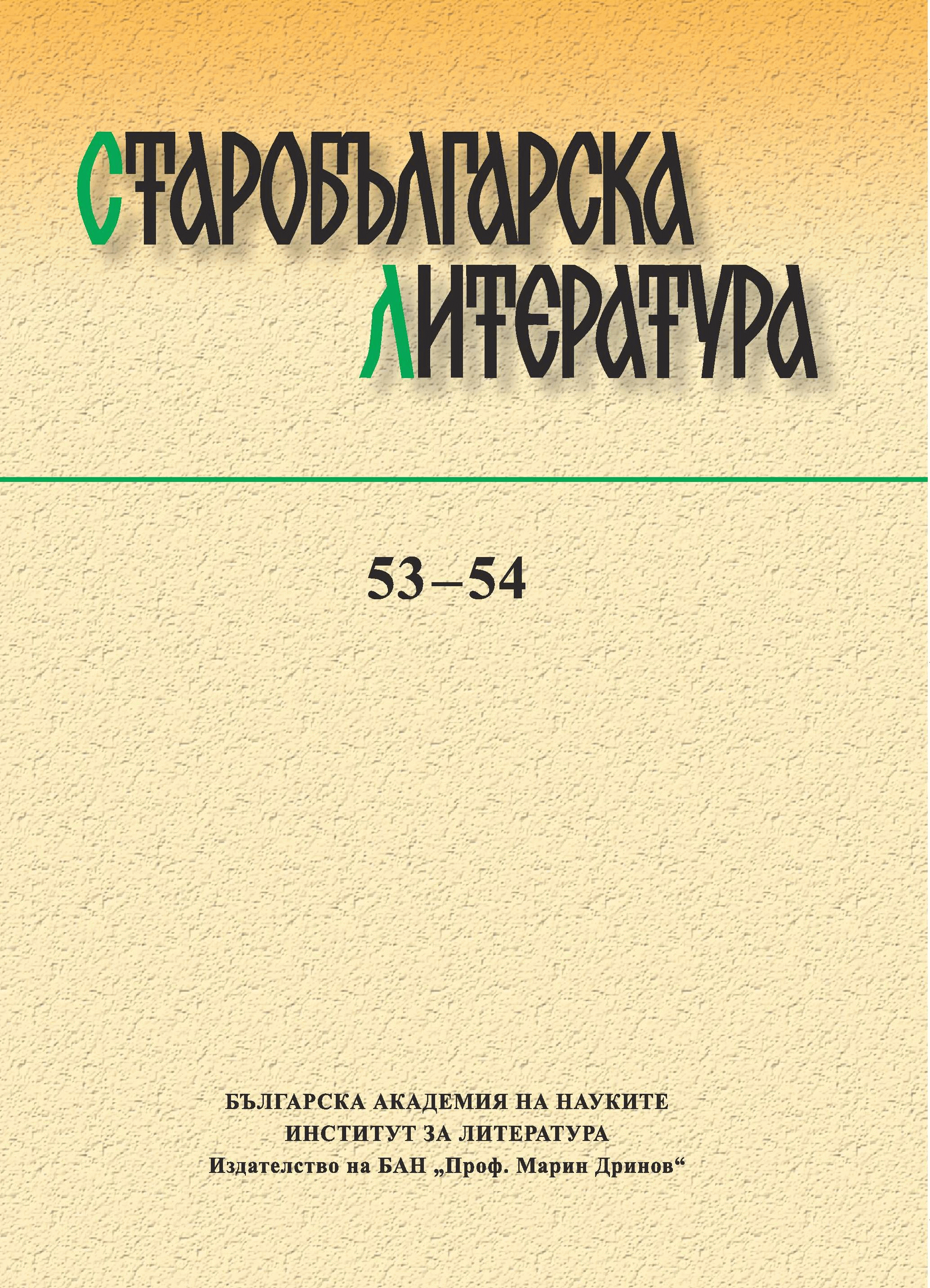

Since the Age of Enlightenment, mountains have gradually changed from a predominantly geological category to an aesthetic one. The new, essentially spiritualized and aestheticized experience of the mountain landscape has found increasing appeal in both the visual arts (especially painting) and literature (especially poetry). Moreover, in the course of the long nineteenth century, mountains often became an object of nationalist appropriation. Such a development was also characteristic of Slovenian culture. This article deals with early Slovenian poetry and its relationship to mountains. It shows that Baron Sigmund Zois and the poet Valentin Vodnik already recognized the national and poetic potential of Mount Triglav with Lake Bohinj and Savica Falls. Their ideas found an echo in the Slovenian poetry of the period before 1848, but it was the great Romantic poet France Prešeren that added a historical-mythological layer to them in his Baptism on the Savica (1836). A brief overview demonstrates that Slovenian poetry from Valentin Vodnik to Simon Gregorčič manifestly contributed to making the mountains a sacred and mythical national place.
More...
The paper deals with several sixteenth- and seventeenth-century mural representations from different Balkan regions, illustrating Christ Expels Seven Demons from Mary Magdalene as an individual scene. The representations can be grouped in two categories based on the iconographic interpretation of the subject. The first one includes those in the Church of Prophet Elijah (1550) in Sofia and churches associated with the work of St Pimen of Zographou: the Church of the Dormition of the Theotokos in Zervat (1603, Albania), the Church of St Theodore Tyron and St Theodore Stratelates in Dobarsko (1614), the Monastery of St Nicholas in Seslavtsi (1616). The iconography of these four monuments is as a whole very reminiscent of other scenes of healings by Christ. The scene is placed in the context of the Pentecostarion cycle. The second group includes monuments painted by the artists from Linotopi, especially by Nicholas: the Monastery of the Dormition in Spilaio near Grevena (1649); the Monastery of the Transfiguration in Dryovouno (1652) and the Church of St Demetrius in Palatitsion (1570; 17th century). The general iconography here reminds of the healings of demon-possessed, while the iconographic characteristics of Mary Magdalene are akin to those of St Mary of Egypt. The scene is placed among those illustrating the Miracles and Parables. In the Hermeneias of Dionysios there is no description of the scene, although it is included as a title in Πήγαι in the Divine Works and Miracles of Christ. Probably Dionysios of Fourna was familiar with representations on the subject. For the time being we can only assume that a representation of this scene has existed before 1550, i.e. before it was painted at the Monastery of Iliyantsi.
More...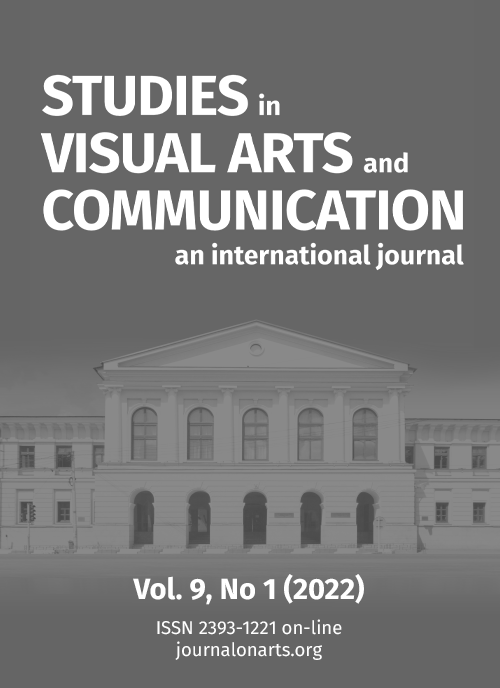
In this article I analyze the images on the photographic book Silent Book by the Brazilian photographer Miguel Rio Branco with the objective to understand how the photographer appropriates from an aesthetic of abjection to constitute the notion of becoming-abject (in dialogue with Deleuze, Guattari, Kristeva and Bataille), in a way that punctum (Barthes) in these photographs can be interpreted as a form of political resistance (Rancière). The book is composed by 77 photos, diagrammed in diptychs which, at times, become triptychs, and constantly alternate their relational meaning. The quasi-abstraction of the pictures in Silent Book directs our gaze to its visual aspect and, from there, to the divagation of the non-linear narratives that permeate them. Their warm and dark colors and, especially, rough textures take the spectator to the edge of interpretation and establish these images at the limit of the imaginary of abjection: the decadent ruin, the eroticism, the dirt, the horror, the fatigue, the death. In this context, the abject becomes a form of highlighting what before was placed aside, promoting the necessary perception of the different and of otherness, as an alternative to the overload of positivity and individualism in contemporaneity, as pointed out by philosopher Byung-Chul Han, constituting, therefore, a form of political resistance.
More...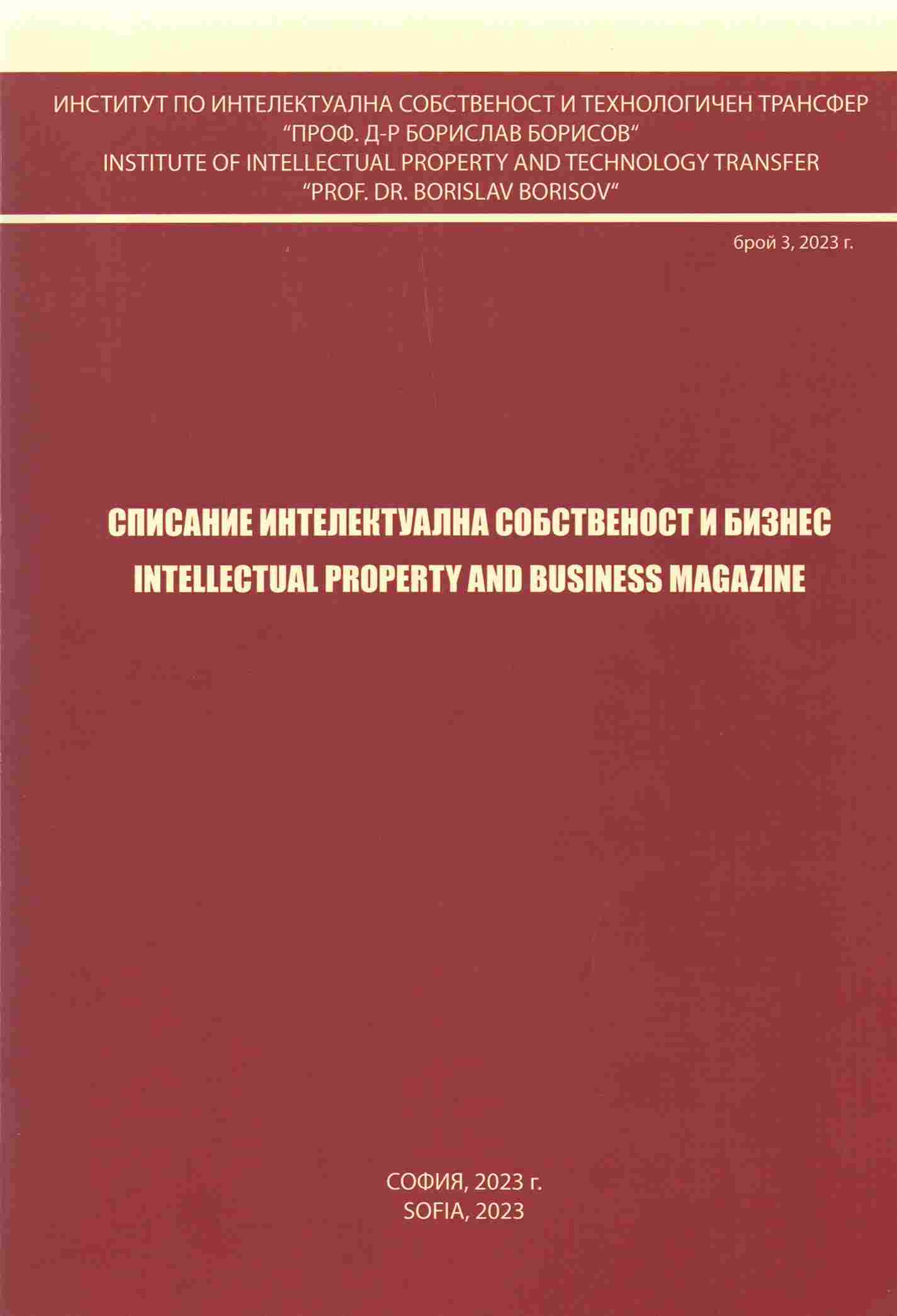
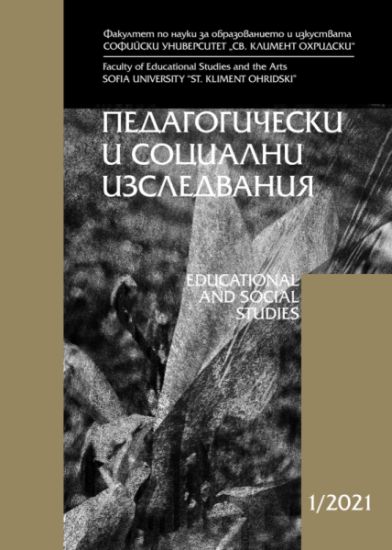
This article discusses the concept of “authentic voice”, originating in theatrical training, in relation with communicative competency and offers specific theatrical techniques for its development in educational practice. The focus is on speech as one of the elements of communication, and its efficiency. Language is one of the elements of communicative competency, which favors social relationships through the creation of texts in the process of social interaction. Linguistic competence includes not just the knowledge of linguistic elements and the rules for their combining, but also the mastery of paralinguistic phenomena such as intonation, prosody and rhythm of speech. These elements are deeply individual and can convey the communicator’s “authenticity”, in other words their personal attitude towards the object of communication. Our claim is that the capacity for such “personal investment” of the communication act, a warrant for its success, can be developed through theatrical techniques.
More...
The situation of the educational process in the electronic environment in March 2020, due to the epidemiological situation and the spread of coronavirus infection (COVID-19) in the country posed new challenges to school education. The article presents an overview of the skills that future music teachers must have to implement music education in an electronic environment. Emphasis is placed on the need for digitally trained music teachers to realize the learning objectives in both face-to-face and electronic environments. Exemplary activities have been carried out in the course of which competencies are realized, which will ensure unhindered professional realization in the field of school education.
More...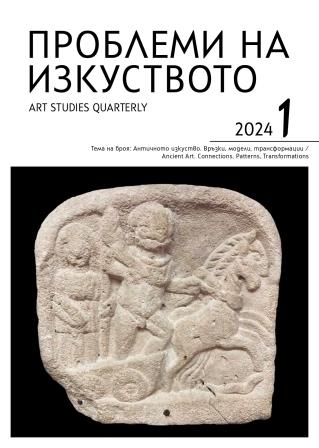
This article discusses five bronze vessels from the funds of the Regional History Museum in Burgas dated to the 1st–3rd centuries AD. The aim of the analyses was the determination of the alloy used for manufacturing and the type of the corrosion products. The results were applied to some technological aspects regarding the manufacturing and the corrosion processes that occur in the vessels afterwards. The data gathered was later used to assign a proper conservation treatment and helpful to the restoration interventions. Unfortunately, the vessels were accidental finds therefore the interpretation of the results and the comparative analyses are not complete.
More...

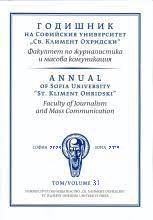
The monograph includes texts presenting naturally occurring trends in the history of photography that have acquired distinct forms and stylistic characteristics, such as "street photography" (without analog in traditional representational modes) and "social photography" as part of the broader field of documentary photography (also without analog in fine art). Explores the dynamic tension, attraction, and repulsion between the emerging art of photography and the established canons of classical representational methods. Traces the technologies that imperceptibly infiltrate the photographic image into public space.
More...
A critical note on Christopher Bartel and Jack M. C. Kwong, ‘Pluralism, Eliminativism, and the Definition of Art’, Estetika 58 (2021): 100–113. Art pluralism is the view that there is no single, correct account of what art is. Instead, art is understood through a plurality of art concepts and with considerations that are different for particular arts. Although avowed pluralists have retained the word ‘art’ in their discussions, it is natural to ask whether the considerations that motivate pluralism should lead us to abandon art talk altogether; that is, should pluralism lead to eliminativism? This paper addresses arguments both for and against this move. We ultimately argue that pluralism allows one to retain the word ‘art’, if one wants it, but only in a loose, conversational sense. The upshot of pluralism is that talk of art in general cannot be asked to do theoretical and philosophical work.
More...
When in 1564, Marcin Siennik’s Experienced Medicines (Lekarstwa doświadczone), published thanks to the efforts of Łazarz Andrysowicz, appeared on the Polish publishing market, everything indicated that the Gardens of Health (Ogrody zdrowia), which had previously reigned supreme, would become forgotten. Especially since the graphic equipment, which plays an important role in herbarium publications, has remained largely unchanged since the first edition from 1534 (On Herbs and Their Power (O ziołach I mocy ich), Kraków, Florian Ungler), and its quality is far from perfect. Meanwhile, creators of foreign herbaria competed with each other in providing their works with illustrations that were more faithful to nature. It is enough to recall the excellent Herbarum vivae eicones by Otto Brunfels (Strasbourg, Johann Schott 1530) or De Historia stirpium commentarii insignes by Leonhart Fuchs (Basel, Michael Isengrin 1542). And although Experienced Medicines was far from reaching a similar editorial level, its publication was a clear step in the right direction. Unfortunately, only four years later, in Mikołaj Szarfenberger’s publishing house, Herbarz was created, i.e. a description of local, foreign and overseas herbs (Herbarz, to jest ziół tutecznych, postronnych i zamorskich opisanie), which is nothing more than another variant of Gardens of Health, which, on top of that, was developed by Marcin Siennik, who had previously sharply criticized this publication.The aim of this article is therefore to try to answer the question of what the phenomenon of Polish editions of Gardens of Health was. Why, at a time when pharmacopoeias were being published in foreign centers that were more and more modern and more carefully illustrated, the same work with its roots in the Middle Ages was still being published in the Polish-Lithuanian Commonwealth?
More...
One of the effects of the development of medicine and botany at the end of the 15th century was the appearance of various types of gardens where medicinal plants were grown. In addition to monastery gardens, which had been maintained for centuries, new ones were established by both theoreticians and practitioners of herbal medicine – doctors, pharmacists and the first botanists. Among the medical professionals, a new group appeared, professional gardeners who sold plants to pharmacists and probably also provided basic medical advice. In their work, they used scientific (or quasi-scientific) herbaria collecting information about the properties and uses of plants. The collections of the Scientific Library of the Polish Academy of Sciences and the Polish Academy of Sciences in Krakow include an incunabulum documenting the professional practice of a plant breeder (Inc. 31). The incomplete (120 out of over 360 leaves are missing) copy of Gart der Gesundheit from 1485 belonged to an unidentified, German-speaking gardener from Cracow, who made numerous notes in it between 1493 and 1527. The entire text was indexed by him (he wrote down the most important elements of individual plant descriptions in the margins and developed his own index).The richly illustrated incunabulum was not only a source of knowledge (it recorded the uses of plants, sometimes simple recipes and various medical and culinary observations, and also included comments he heard from Cracow doctors), but also a trader’s notebook (most plants have the purchase prices paid in several pharmacies in the Cracow agglomeration, also the selling prices and the source from which he obtained the seeds or a rare plant) and the breeder (most of the notes concern the germination and flowering time of the plants and their appearance, especially elements not shown in the woodcuts or not accurately presented).The illustrations were as important to him as the text of the herbarium. The new woodcuts, developed in Mainz at the end of the 15th century, were relatively realistic and allowed to quickly find the right keyword and identify the plant. The owner from Cracow additionally added their German, Latin and Polish names to the representations of the plants (sometimes different than in the German print). Moreover, he most likely bought his copy already colored, because the notes also include his comments on the quality of the illustrations and possible differences between the real plant and its representation, especially the color of the leaves and flowers.Even though the Cracow copy of Gart der Gesundheit was destroyed in the 19th century attempt at conservation (currently it is missing ⅓ of the pages and the original binding), which makes it impossible to identify its first owner, the notes included in it allow to see how richly illustrated were the scientific publications in the field of botany and herbal medicine used at the turn of the 15th and 16th centuries. Although the book was not cheap, for the owner it was primarily of practical importance and was treated as a kind of almanac that gives insight into the environment of plant breeders of that period, but also into the nature and climate of Cracow at the turn of the Middle Ages and the early modern period.
More...
The author of the article found in the Dresden collections a previously unpublished iconography of a palace, the so-called castle in Bolimów with a garden, a plan for transforming the garden, two detailed plans of the town of Bolimów, and a design for a new mill owned by starosta. The results of the research in the Dresden collections perfectly complemented the results of the research of Polish archives regarding the Palace in Bolimów, conducted by Włodzimierz Piwkowski from the National Museum in Nieborów and Arkadia, finally confirming the previously unknown appearance of the palace facade and the ground and first floor plans. These plans also confirm the existence of the Gothic tower (recorded in Polish inventories) i.e. so-called the treasury, which was an integral part of the palace and the palace garden, linking the construction of this tower to the times of the Masovian princes.Highly detailed plans of the town of Bolimów scaled in the Saxon elbows, with the St. Anna and Holy Trinity churches and a market preserved to this day and the comparison of these plans with the Lidar map, allowed the author to very precisely locate the palace and garden complex and constitute an opportunity for targeted archaeological research. It is not every day that there is a chance to discover the remains of Gothic buildings related to the Duchy of Masovia, and then a complex from the 17th/18th century.By studying the figures of the Bolimów starostas, author attempted to determine the date of the construction of the rebuilt palace (according to existing Polish sources, the date ranges from 1661 to 1745), and to attribute the above-mentioned foundation to a specific person. Based on stylistic analogies, a surprising hypothesis may be put forward regarding the author of the architectural design. The Dresden plans for the city of Bolimów and the transformation of the garden (from 1736–1738) were ultimately considered by the author to be inventory drawings and a new garden design, respectively, drawn during the times when Aleksander Józef Sułkowski was the starosta of Bolimów, pointing out significant analogies with the drafting style of the palace and garden in Piaseczno (1736) by the same starosta. Additionally, the plan of the new starościński mill signed by Pont Leutnant Büttner was dated to the years 1736–1738 and was also associated with Sułkowski’s foundation.With this paper, the author would like to start a discussion on his proposed proposal to conduct archaeological research and possibly rebuild the complex based on very detailed Dresden designs, including covering this topic by the nearby Museum in Nieborów and Arkadia (a branch of the National Museum in Warsaw), where the palace complex is younger than the mentioned Gothic tower. The Bolimów thread was already the subject of interest of the Museum in Nieborów and Arkadia, especially for the period when the owners of Nieborów and Arkadia were also the starostas of Bolimów, which took place at the end of the 18th century. But now there is an opportunity to deal with the earlier period of Bolimów’s history. The above discovery of Bolimów plans takes on additional importance in the light of Bolimów’s recent regaining of city rights and could constitute a basis for popularizing the history of the new/old city. The author hopes that perhaps it will inspire the scientific and museum community to establish a museum in Nieborów, Arkadia and Bolimów.
More...
The subject of this article are 18th-century methods of making perfumes in the context of garden layouts of that time. The plants grown there were often used not only for cooking and in medicine, but also to produce broadly understood cosmetics. Modern botanical treatises, guides and other written sources referring to the farming practices of that time were analyzed. The method of growing and using plants in the production of scented waters and various types of perfumed products seems particularly interesting. This comparison aims to show and compare the recipes used at that time – both in terms of the process itself and the ingredients used.
More...
The fashion for collecting rare plants in Europe dates back to the Renaissance. In the eighteenth century, conservatories and the collections of exotic plants were an important components of the estates of the Polish nobility. Generous collections were maintained not only by the royal courts headed by the king John III Sobieski, Augustus II or Stanislaus Augustus, but also by many aristocratic families. Knowledge about the collections of conservatory plants of that times is provided by e.g. preserved garden inventories. There are known lists of plants from the conservatory in Wilanów from the time of Elżbieta Sieniawska (1729), the Radziwiłł’s residence in Alba (1738, 1758) and Nyasvizh (1776) as well as Biała Podlaska (1781), Nieborów in the property of Helena and Michał Radziwiłł (1784), in the Branicki’s residence in Białystok (1771–1772) or the Potulicki’s residence in Przemyków (1778, 1789). The most frequently cultivated plants were citrus (Citrus L.), mainly C. aurantium L. and C. limon (L.) Osbeck, as well as Lauru nobilis L. In most collections, species such as: Genista hispanica L., Myrtus communis L., Prunus laurocerasus L., Punica grantum L., Rosmarinus officinalis L. were frequently found, as well as Ficus carica L., Buxus sempervirens L., Cupressus sempervirens L., Aloe sp. and Teucrium marum L. More than half of the analysed inventories recorded the presence of: Dianthus caryophyllus L., Yucca gloriosa L. and Taxus baccata L. Viburnum tinus L. and Adenanthera pavonina L. Less frequently appeared species like Nerium oleander L. or Erysimum × cheiri (L.) Crantz). Not all species have been identified, but the rich collections and popularity of the conservatories testify to the popularity and importance of exotic plants in 18th-century gardens in Poland.
More...
The park in Sceaux near Paris was created at the end of the 17th century according to the plans of Andre Le Nôtre for the Minister of Finance of Louis XIV, Jean-Baptiste Colbert, along with a palace in the French Baroque style. Later it was expanded and transformed. During the French Revolution, the property was confiscated by the state and transformed into an agricultural school. The park fell into decline and most of the statues were moved to Paris. In 1798, the estate was sold to a private entrepreneur. On the site of the demolished palace, in 1856–1862, the next owner, the Duke of Treviso, built a new one in the Louis XIII style, designed by Auguste Théophile Quantinet.The park was then devastated during the Franco-Prussian War of 1870–1871 and further during the First World War. The destroyed estate was purchased in 1923 by the authorities of the department de la Seine and handed over to the authorities of the town of Sceaux and, to a lesser extent, to the authorities of the town of Antony. A year later, renovation works began which continue to this day. The park complex was reconstructed and enriched with new architectural elements (the Hanoverian Pavilion) and sculptural elements (A. Rodin’s parks, monuments honoring Armenians and Jews). Parc Sceaux is an example of successful comprehensive revitalization – after the works, it became a favorite recreational place not only for the community of the cities of Sceaux and Antony, but also for the inhabitants of the center of Paris, a place of many local and supra-local cultural and artistic events.
More...
The rich, spontaneously growing vegetation of the Puławy garden, “born of nature”, served to create an atmosphere of moodiness, emotionality and mystery, conducive to the release of specific feelings and memories. Plants with decorative flowers placed in almost every corner of the complex became a vehicle for emotional emotions. Izabela Czartoryska née Flemming (1745–1835) in her correspondence, guided by the flowering season of specific species, asked her relatives to come to Puławy to contemplate spring, summer and autumn gardens. Guests passing by the plant compositions could admire their colors, smell and structure, engaging all their senses. Particularly rare species of trees, shrubs and perennials became the subject of interest. Navigating the medium of a flower garden required not only botanical knowledge, but also personal and emotional commitment. Czartoryska herself played the role of a guide in correctly reading the content of the composition, explaining the meaning of each flower bed.As part of the research, the issue of the Duchess’s activities in the field of garden art were presented, serving to maintain her image as a Gardener-Artist. Various floral forms present in the compositional arrangement of the landscape garden in Puławy were discussed, such as: flower meadows, flower beds, flower theaters, groups of perennials and symbolic arrangements combining plant compositions, monuments and commemorative stones. The main corner of the Puławy park, where Czartoryska spent her time on “garden entertainment”, was Mały Ogródek (The Little Garden), adjacent to the palace. The intimate garden interior became a place for the duchess’s first experiments in growing and caring for flowers, under the supervision of a professional gardener. The history of its creation and its compositional arrangement are discussed on the basis of archival sources.In addition to the extremely impressive collection of plants in the ornamental garden, the Czartoryski family boasted a rich collection of exotic plants cultivated in six orangeries. The expensive collection, confirming the high status of the owners, was exhibited in the garden in the spring and summer season. Based on handwritten, printed and iconographic sources, a list of greenhouse plants cultivated by Puławy gardeners and methods of displaying them is presented.As demonstrated, the abundance of plants decorating meadows, flower beds and smaller flower arrangements should be treated as an expression of Izabela Czartoryska’s botanical interests. The colorful compositions simultaneously radiated the ideas of enlightened rationalism and education, as well as sentimental sensitivity and emotionality.
More...